Buckwheat: cultivation and beneficial properties
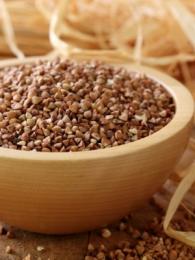
Those who have lived in foreign countries are often surprised by the lack of buckwheat on the tables of local residents. Yes, indeed, buckwheat is widespread mainly only in Russia and the countries of the former USSR. Meanwhile, buckwheat or buckwheat is a very valuable not only food, but also a medicinal crop.
Buckwheat is an annual herbaceous plant of the buckwheat family. Many people think that buckwheat is cultivated only on an industrial scale, but this opinion is wrong. Growing this crop in your garden is not difficult.
Following folk wisdom, buckwheat should be sown in May, when chafers appear and the air temperature is between 15-18 degrees. Seeds are sown in the soil to a depth of about 4-5 cm, seedlings appear in about 7-10 days.
Harvesting begins when buckwheat is in full bloom, cutting off the leafy upper parts and immediately placing them for drying in a well-ventilated, shady room. The collected raw materials should be turned over for the first 2-3 days at least 2 times a day. Another good method of drying raw materials is to hang small tied bunches of buckwheat under the roofs of houses, sheds, and verandas.
The value of buckwheat is not only in the grain, but also in the collected leaves and flowers. They are rich in vitamin P - rutin, which has a beneficial effect on the walls of capillaries, reducing their fragility.Together with vitamin C, it reduces the risk of hemorrhages, helps with diabetes, hypertension, and rheumatism. Traditional medicine recommends decoctions of buckwheat grass for coughs.
Buckwheat is also an excellent honey plant! Buckwheat honey is an excellent medicinal product containing more than 100 useful substances.

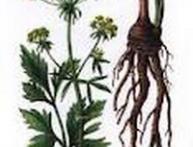
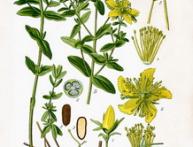
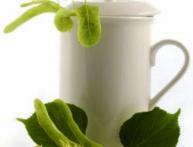

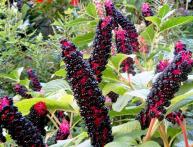
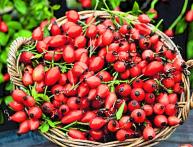
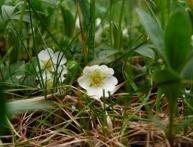
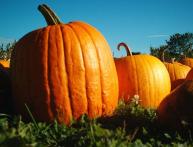
Comments
I hear a lot about the benefits of buckwheat husks. They don't make therapeutic pillows out of it. Fill a small pillow with buckwheat husks and place it on top of a regular pillow.